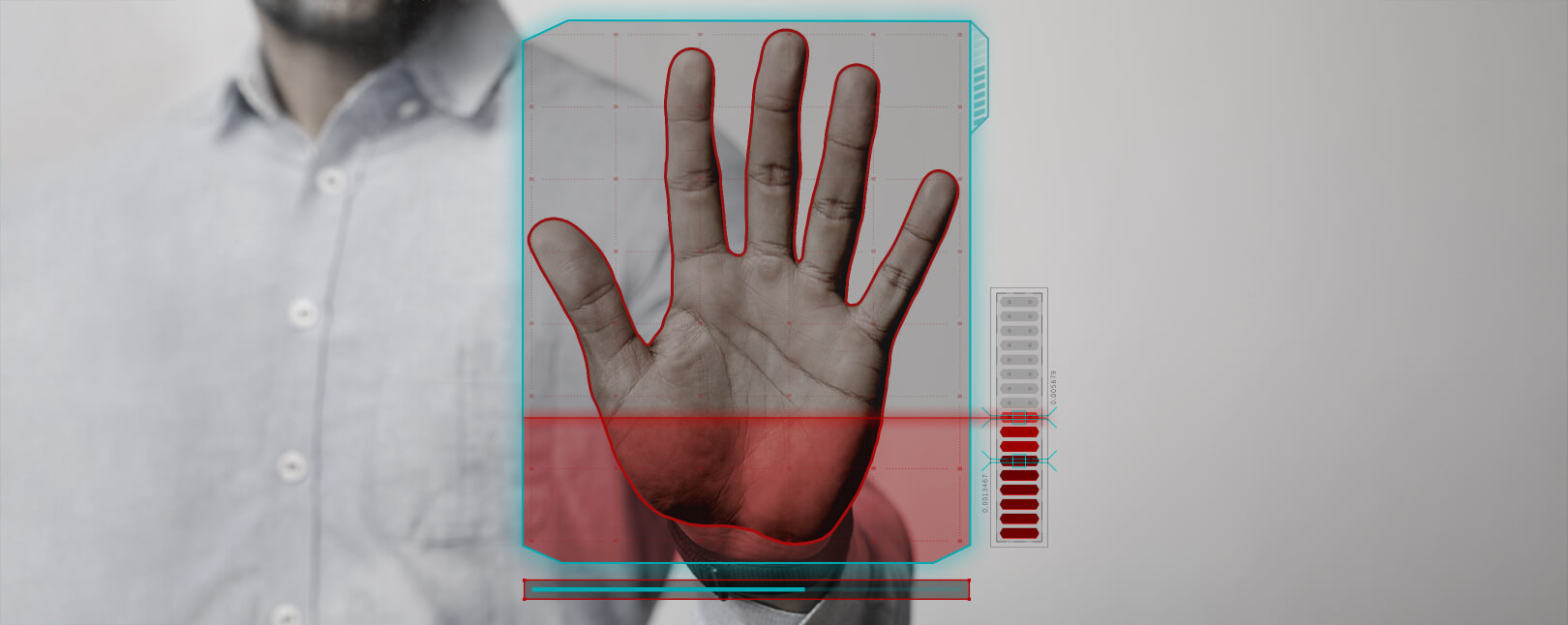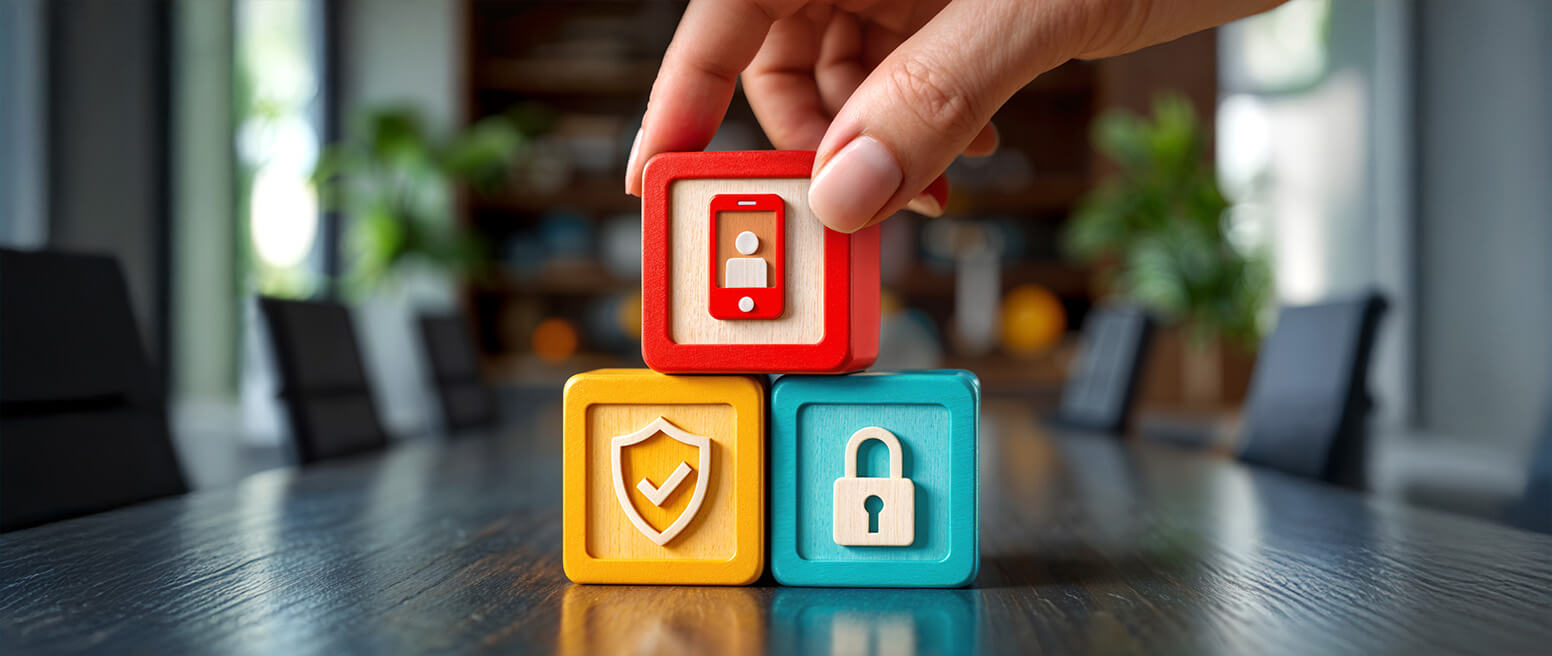Introducing Amazon Palm Payment Technology: A New Payments Security Tool
New, tech-forward fraud tools can drastically increase payment security, improve customer satisfaction, and streamline checkout. Retail giant Amazon is now leading the charge, taking payments security to the next level with their new Amazon One technology.
Amazon One is the company’s answer to the demand for advanced contactless payments. The technology uses palm scanning biometrics to verify buyers during a transaction. The stated intent here is to simplify, speed up, and secure the contactless payment process for all participating merchants.
Recommended reading
- What is EMV Bypass Cloning? Are Chip Cards Still Secure?
- Dispute Apple Pay Transaction: How Does The Process Work?
- Terminal ID Number (TID): What is it? What Does it Do?
- Payment Security: Tools, Tips, & Merchant Best Practices
- How Online Payment Processing Differs From Offline Payments
- Alternative Payments: How to Take Payments Without Cards
No doubt recognizing rising commercial and consumer interest in biometric payments, Amazon moved to implement the most advanced biometric payment on the market as quickly as possible. As a result, Amazon One became available in Amazon Go stores in 2020 and has since expanded to Whole Foods stores in Austin, Los Angeles, New York City, and Seattle. Amazon One is also available at participating Amazon Style, and Amazon Fresh locations around the US, with more expected to follow.
For consumers, the intention is to encourage sanitary payments, increase consumer protections, and streamline the checkout process. After all, it doesn’t get much easier than holding one’s palm over a small scanner to make payments. However, there are still some consumer hesitations about technologies like palm-vein mapping, fingerprint-scanning cards, and biometric payments in general.
Is the public ready for palm payment technology? Are other merchants prepared for a more biometric-enabled future? Let’s find out.
What is Palm Payment Technology?
To get a complete understanding of how Amazon palm payments function, we should first examine how the technology works.
A palm vein scan uses infrared light to map the unique vein structures in your palm, then converts these data points into encrypted code. It lets specialized biometric payment scanners map and digitally render the unique vein structures in your palm or wrist. The palm-vein scanner then transforms the 500 million data points it reads into a unique encrypted code that will become your biometric ID.
The main difference between palm-vein mapping and other biometric security systems is the fact that it is internal. Unlike other biometric technologies, it is never visibly exposed. Therefore it’s much more difficult for fraudsters to make an impression and use someone else’s identity.
It wouldn’t be far off to think of palm-mapping as a form of password protection. Although, instead of using an alphanumeric code to unlock features, you use your own body. Palm-vein scan technology offers:
- The highest level of biometric security available
- Built-in privacy; the system is internal and unique to each user
- More accurate impressions; 500 million data points versus 80 nodal points with facial recognition technology
The Amazon One Palm Scanning Process
Now that we have an idea of what the technology is capable of, we can discuss how Amazon is implementing it.
First, we should say that the technology is extremely simple to use. A customer can create their biometric profile at a participating Amazon One location by linking their palm and payment card to the service.
To do this, all a customer has to do is hover their palm over a small infrared reader, and the reader will instantly generate the user’s profile. Amazon One creates these profiles by establishing a consumer palm “signature” using machine learning technology. In other words, the company takes a digital impression (not a literal picture) of the customer’s palm, which it encrypts for later matching.
Once the profile is created, the user can then process payments using this biometric profile anywhere Amazon One is accepted.
Seems simple enough. However, palm-vein scanning itself is slightly mystifying to the general public and, as a result, is subject to a growing pool of suspicion.
It’s true that Amazon is one of the global leaders in commerce, and is the dominant player in the North American market. Still, the question remains: will the platform’s potential boons outweigh public doubts? The key factor is whether evangelists can convey the benefits of the technology effectively.
The Benefits of Palm Payment Processing
As we mentioned above, Amazon One palm payments boast many advantages over fingerprinting or other biometric data. The reasons for this lie in the technology’s basic functionality.
An internal biometric system is much harder to mimic, manipulate, or replicate. Additionally, the system provides many health and personal safety benefits that are especially appealing in the post-Covid landscape. Amazon palm payments can offer:
Amazon hopes to capitalize on this tech for good reason. It seems a smart and safe bet for any commercial enterprise seeking to break into contactless payments. However, as with anything else, palm-vein mapping technology also has its share of downsides.
The Drawbacks of Palm Payment Technology
It should always be expected that even the most brilliant ideas bear unintended consequences. While biometric payments are still relatively new, there remains quite a lot of room for improvement across all platforms.
With palm-vein mapping technology, in particular, some of the potential downsides are as follows:
Regardless of the outcome of these issues, merchants should be aware that they don’t strictly need to wait and see what Amazon does. Any brand with sufficient resources could make steps to take advantage of palm-vein mapping technology now.
A Broader Strategy is Required
As a merchant, you’re probably waiting to see how Amazon One and similar platforms work out before you decide whether or not to take the palm-vein plunge. The fact is that, regardless of how advanced and forward-thinking it might be, it is too new to accurately predict its viability for the long term.
Choosing to add a palm-vein mapping method to your checkout options could definitely improve your customer’s shopping experience in many ways. Keep in mind, though: no payment method is bulletproof.
Your authentication methods must be accurate and efficient without causing friction at checkout. This comes before any other concern. Even on Amazon, there are a plenty of other scams which Marketplace sellers have to contend with.
Bearing all that in mind, here are some tips you can implement to optimize your practices:
Diversify Authentication Tools
There is no “one tool to rule them all.” You may have to experiment to find the right mix. Implementing CVV verification, AVS, 3DS technology, geolocation, and fraud blacklisting, will help you build sturdy defenses against many types of fraud.
Maximize Data Comprehension
There is no “one tool to rule them all.” You may have to experiment to find the right mix. Implementing CVV verification, AVS, 3DS technology, geolocation, and fraud blacklisting, will help you build sturdy defenses against many types of fraud.
Update Regularly
Authentication is only as effective as your ability to store and access that information. Perform regular account checks to update expired details held on file.
Get Proactive
Palm-vein scanning technology might be a powerful tool, but it can only impact a few sources of fraud and chargeback. Keep in mind: no matter which fraud detection tools you deploy or how you combine them, they have no impact on loss sources like friendly fraud. You'll need additional help to deal with this and other threats to your revenue.
Chargebacks911® specializes in preventing post-transactional fraud that criminal detection tools can't reach. We work alongside other technologies to provide comprehensive, multilayered fraud defense. Nab your free ROI analysis today!
FAQs
What is palm payment technology?
A palm vein scan uses infrared light to map the unique vein structures in your palm, then converts these data points into encrypted code. As of 2022, palm mapping is relatively new and hasn't been widely adopted. However, this is likely to change with the recent development of IOS and Android applications.
How do palm scan payments work?
The tech is extremely simple to use. A customer can create their biometric profile at a participating location by linking their palm and payment card to the service. To do this, All a customer has to do is hover their palm over a small infrared reader. The scanner takes a digital snapshot of the customer’s palm, then encrypts it for later matching. A biometric profile is created by establishing a consumer palm “signature.” The user can then process payments using this biometric profile anywhere they are accepted.
What is Amazon One?
Amazon One is the company’s answer to advanced contactless payment technology. Amazon’s stated intent is to simplify, speed up, and secure the contactless payment process for all participating merchants. For consumers, the intention is to encourage sanitary payments, increase consumer protections, and streamline the checkout process. After all, it doesn’t get much easier than holding one’s palm over a small scanner to make payments.
Why does Amazon want my palm print?
First, Amazon is not tracking your “palm print.” Instead, it’s tracking a digital impression of the veins in your palm. This technology is more secure, and can let you authorize contactless payments more swiftly and efficiently.
Are palm scan payments safe?
As with any new technology, much of the concern about its uses rest with how it is used by the various agencies that acquire it. The technology itself boasts the most secure biometric software on the market. How it will be used by companies like Amazon and others, remains to be seen.















